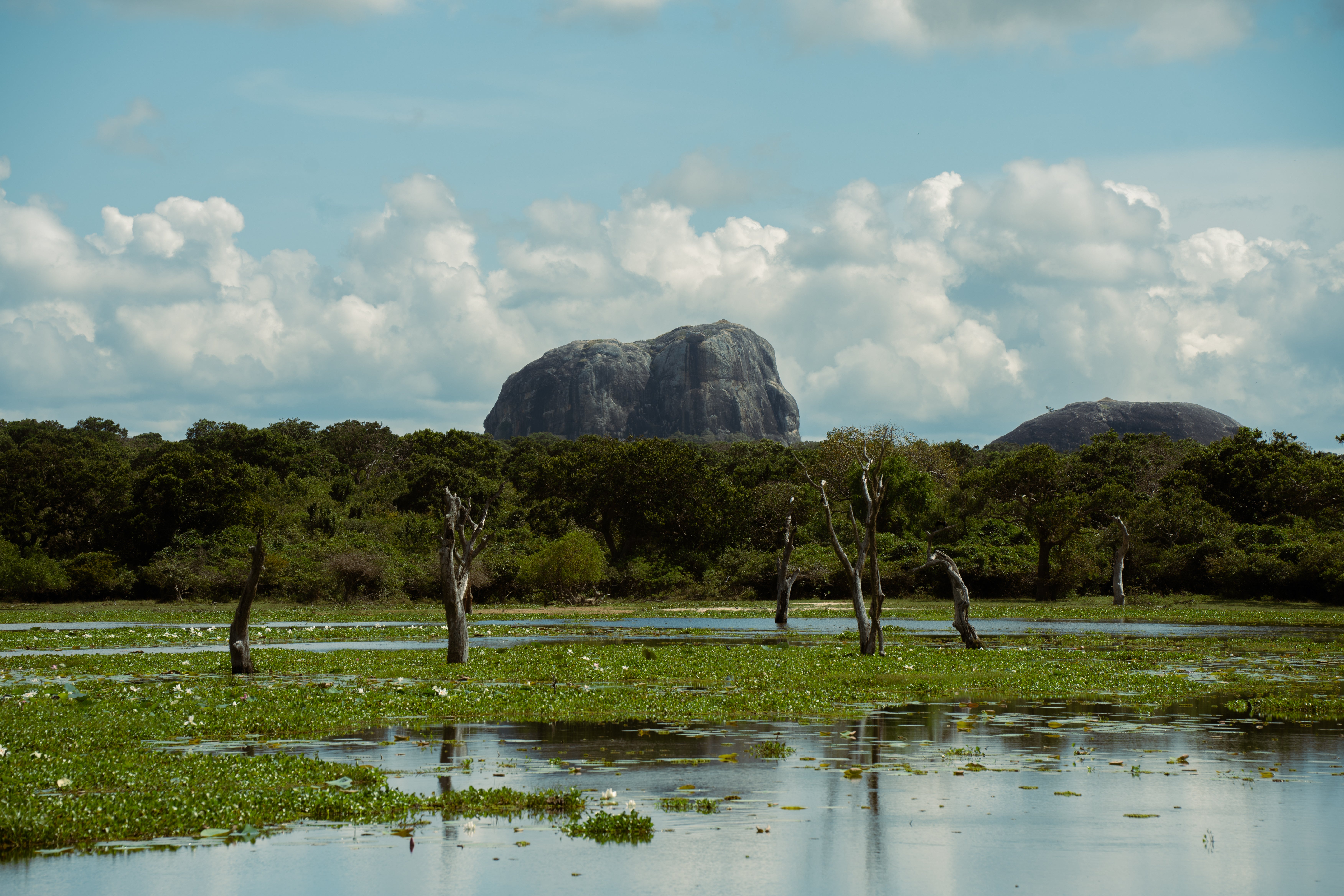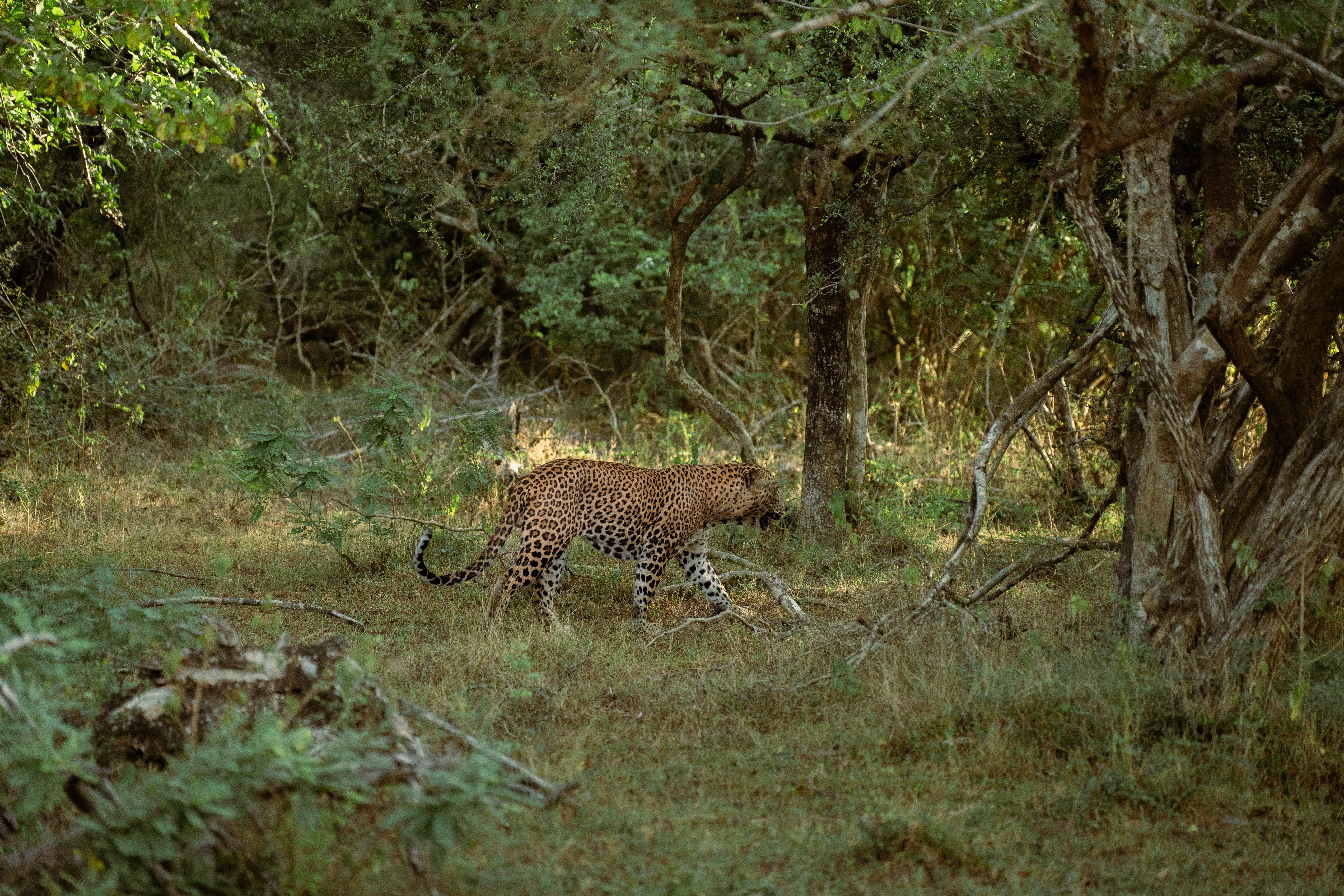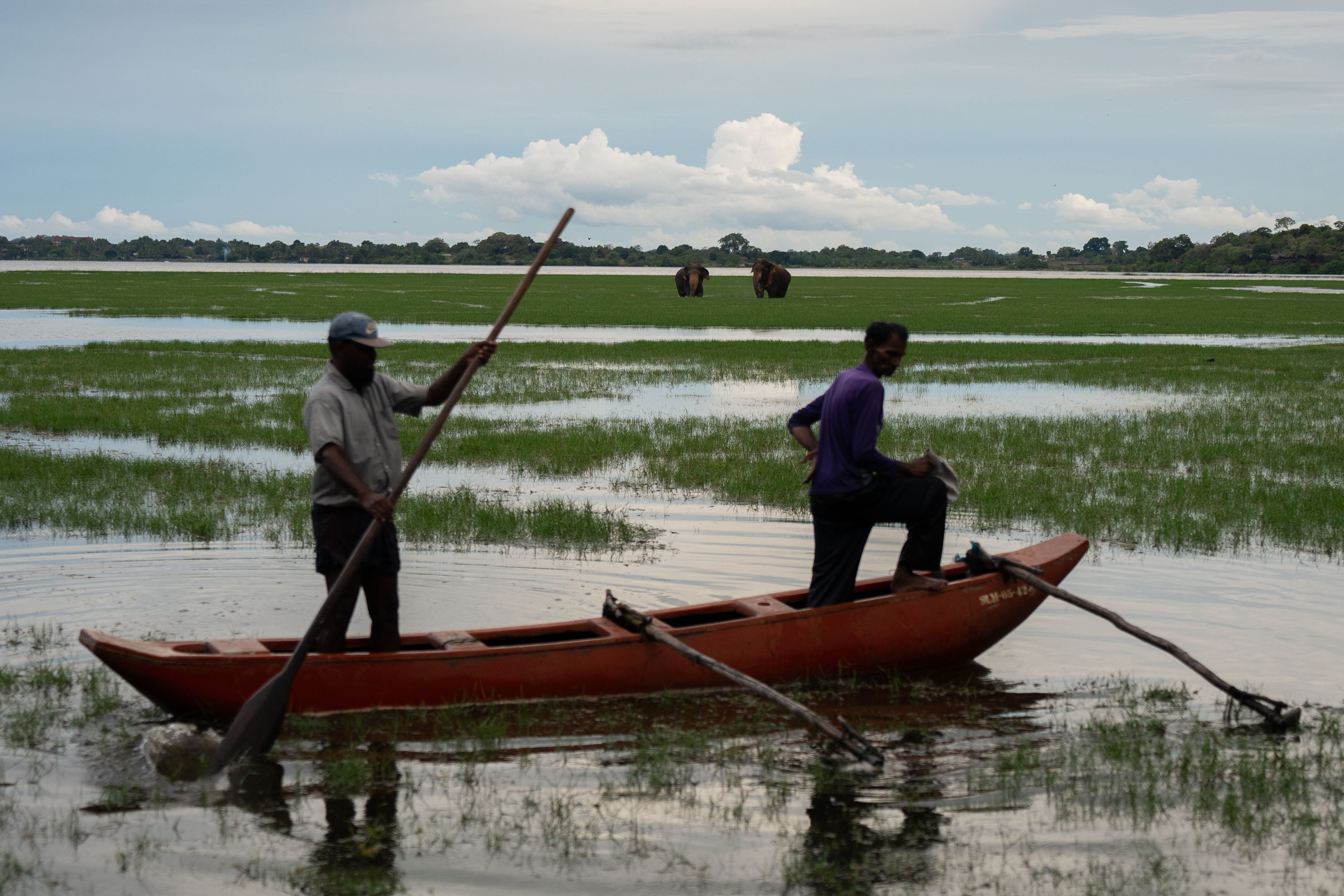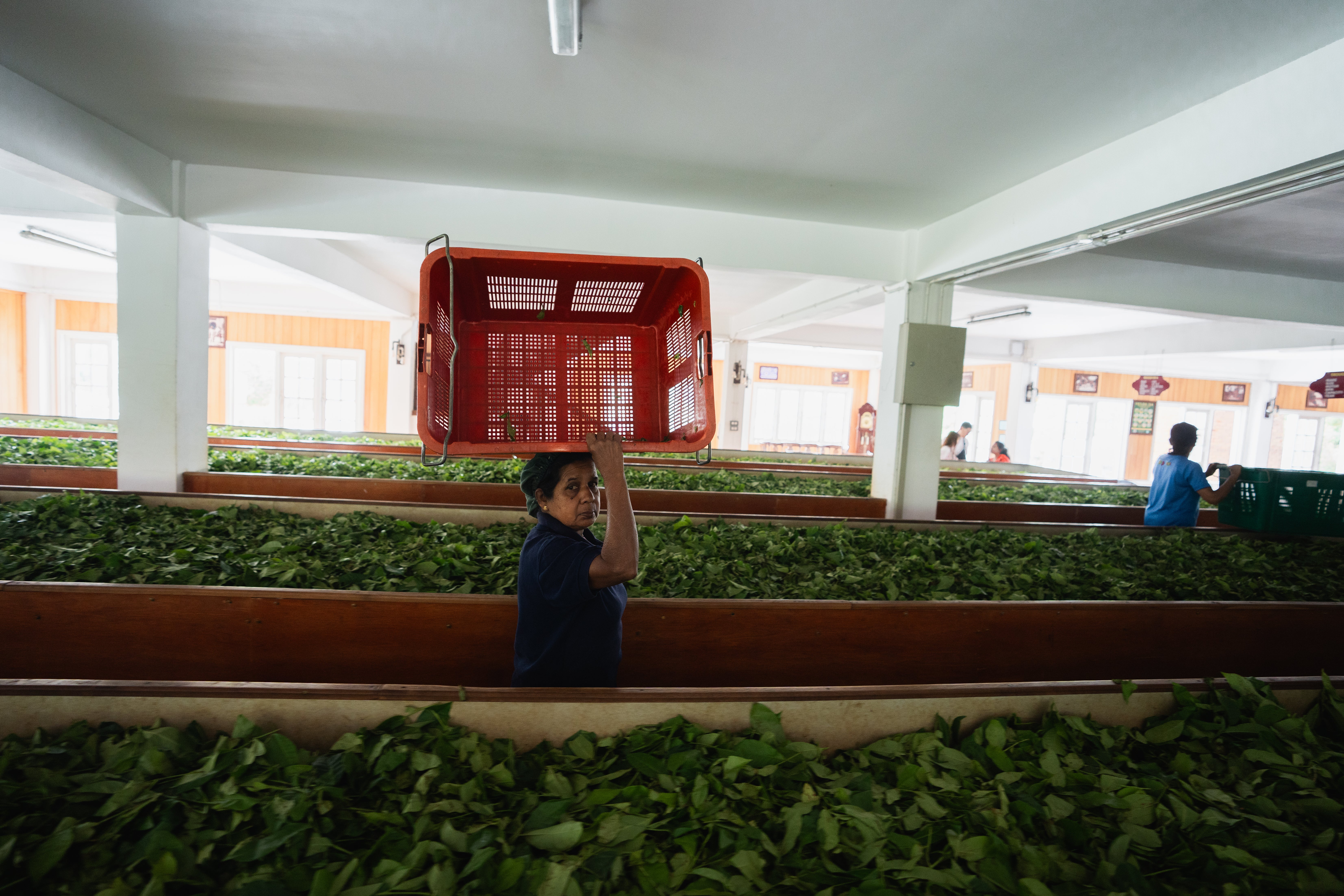
It was like any other day for Sri Lankan safari guide Priyantha (Pusa) Hettiarachige as he prepared to welcome guests to Yala National Park on 26 December 2004. The famed natural site was brimming with people eager to spot leopards, elephants and crocodiles in the warm Asian sun just after the Christmas holidays.
That morning a fateful decision to cut the tour short for a sick guest may have saved Pusa’s life.
Just before 8am, a 9.2 magnitude earthquake in the Indian Ocean triggered what would become known as the Boxing Day tsunami. Considered one of the largest natural disasters in modern history, waves as high as 30m swept across dozens of countries including Indonesia, Thailand, India, the Maldives and Sri Lanka.
The disaster claimed the lives of at least 228,000 people in total, including over 30,000 people in Sri Lanka alone. It devastated vast swathes of coastal regions around southeast Asia, reducing many homes to rubble and destroying livelihoods.

Located on Sri Lanka’s southeast coast, Yala National Park was one of the worst hit areas of the country, with waves surging over a kilometre from the shore and reshaping the landscape forever. Pusa’s tour was further inland and had found safety in a tree. Unfortunately, other tours that day weren’t so lucky.
Over 250 tourists, locals and guides around Yala National Park lost their lives in the Boxing Day tsunami, including many local friends that Pusa considered family. Incredibly, authorities later discovered that none of the park’s animals died that day. Pusa later told me how he remembered the wildlife seemed louder that morning, almost as if trying to warn the park’s residents of the imminent danger.
Fast forward 20 years and Yala National Park now tells a story of resilience in its wildlife and the people who call it home. Pusa is among the many guides who continue to work there, showcasing the region’s animals while remembering the catastrophic power of nature that struck two decades earlier.
When I joined Pusa this summer for a half-day tour of Yala National Park, I wasn’t expecting to be more captivated by his stories than the tour itself. While excited to encounter Sri Lanka’s incredible wildlife, the framing of the tsunami and the recollections of what happened in 2004 were deeply moving.

The expansive site, covering almost 1,000 square kilometres, is among Sri Lanka’s most popular tourist destinations. With the Indian Ocean to the south, the nature reserve features expansive forests, grasslands, lagoons, and various wildlife.
Starting just before sunrise each morning, a fleet of Jeeps with excited tourists aboard head into the national park, kicking up dust in their wake. When I was there, Pusa’s decades of experience were evident: with infectious enthusiasm, he pointed out an array of animals along the way, from wild pheasants to families of elephants.
Several hours in, I was left speechless when our Jeep ground to a halt and a giant wild leopard gracefully crossed the track in front. While these elusive animals are hard to spot, it’s a testament to the knowledge of the Sri Lankan guides that we encountered one to create such an unforgettable moment.
The tsunami is estimated to have caused $250 million (£200m) in damage to the island’s tourism sector and ruined the livelihoods of around 27,000 people who relied on the industry at the time. Hundreds of thousands were displaced and most of Sri Lanka’s once pristine beaches were left littered with debris and bodies.
“Even after it was reopened, guides didn’t want to go in because everyone knew someone who died in the park and it brought back memories,” Madu Mahamarakkalage, the co-owner of nearby Wild Lotus villa, told The Independent.

“I lost my best friend; he was a park ranger who was in a wildlife bungalow during the tsunami, and they never found his body,” he recalled. “We found lots of other dead bodies in the park, including other tourists who were on safari that day.”
Madu added: “It took eight or nine months for the park to recover because so many trees were dead and animals were scared and hiding.”
Elsewhere on the island, news of the coastal devastation was hard to believe at first. Poornaka Delpachitra, Intrepid’s general manager in Sri Lanka, explained that many Sri Lankans didn’t even know what a tsunami was until they saw the news and rushed to help.
“I was a teenager during this time but went down to the coast with a volunteer force to help with the cleanup,” he said. “I remember seeing a rail track destroyed, twisted and turned on its side. A train that had been travelling had been hit by the tsunami and the carriages had been moved 40 metres away from the track.
“I also remember for a considerable time Sri Lanka didn’t have any fish, as fishermen were scared to go back into the sea,” he added.
The 2004 tsunami changed everything, including the landscape of Yala. Pusa pointed out how the torrent of water had carved out new valleys and wiped out trees, reshaping what visitors see today.

Alongside this lasting reminder, a memorial has also been erected to remember those who died that day at the site of Patangala Rest House. The accommodation is long gone, wiped out by the waves, but the setting now serves as a quiet memorial for the lives lost in 2004. There was a profound sense of stillness as I looked out at the gentle waves, but I couldn’t help but think about the sheer force of nature that destroyed the tranquillity in 2004.
Like many parts of Asia impacted by the tsunami, Sri Lanka has made a resounding comeback following the tragedy. Although tourism has been rocked by other incidents, including a civil war, the Easter bombings, crippling inflation and the pandemic, it’s emerged as a thriving hotspot in the Indian Ocean. From Arugam Bay, often likened to the ‘next’ Bali, to the lush tea plantations of Kandy, the island’s communities have played a key role in shaping this unique destination.
Read more: Bali’s trendiest bars are championing the revival of an ancient spirit
In the first six months of 2024 revenue from tourism in Sri Lanka had soared to $1.56 billion. “Twenty years on tourism in Sri Lanka is growing like never before,” Delpachitra explained, adding that Intrepid, a travel company that specialises in small group tours, has seen a 196 per cent increase in booking from British travellers this year compared to 2023.
“Sri Lanka has everything you need in a holiday destination – beautiful beaches, a variety of wildlife to view and different cultures and centuries-old traditions to learn about and experience. It’s also still really affordable and a direct flight from the UK.”

It’s a similar story in Yala National Park, where Madu explained tourism is now “booming.” According to the Sri Lanka Tourism Development Authority, the park welcomed the highest number of visitors in 2023 among all its parks and contributed 1,746,476,673 rs (£4,748,825) in total income. Authorities are now exploring how to enhance conservation efforts and ensure the safety of wildlife with an increase in visitors. “The government has stepped in with a certification for Jeep drivers and that is a good first step in maintaining order in the park,” he explained.
For many families connected to Yala National Park tourism has also become more interconnected with nature and the people who call it home. Madu’s partner, Kristin Anson, explained that Wild Lotus is now fully booked for months at a time. “Guests want to meet us and learn our story or take a nature walk around the property and feed our goats with Madu’s dad. Many of our guests are looking for more of an authentic local experience while maintaining their creature comforts that one would expect in a top hotel,” she said.
As the island marks the 20th anniversary of the devastating tsunami and remembers those lost, it also looks forward. “Sri Lanka prides itself on being a resilient country,” said Delpachitra. “We’ve faced challenges and made it through the other side.”
Read more: Is there such thing as an affordable safari? How to do it on a budget







